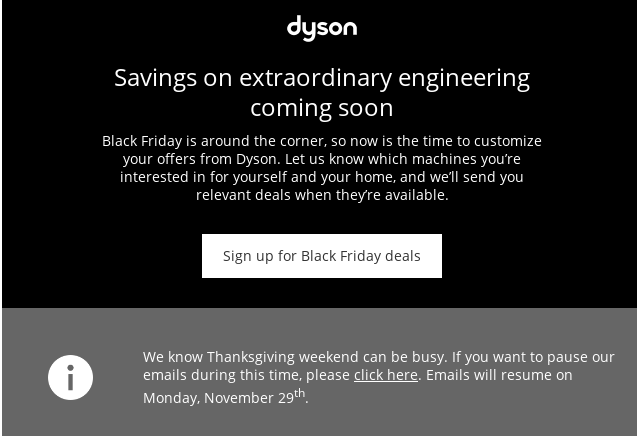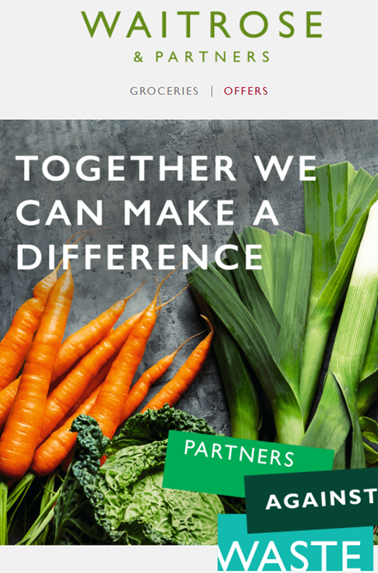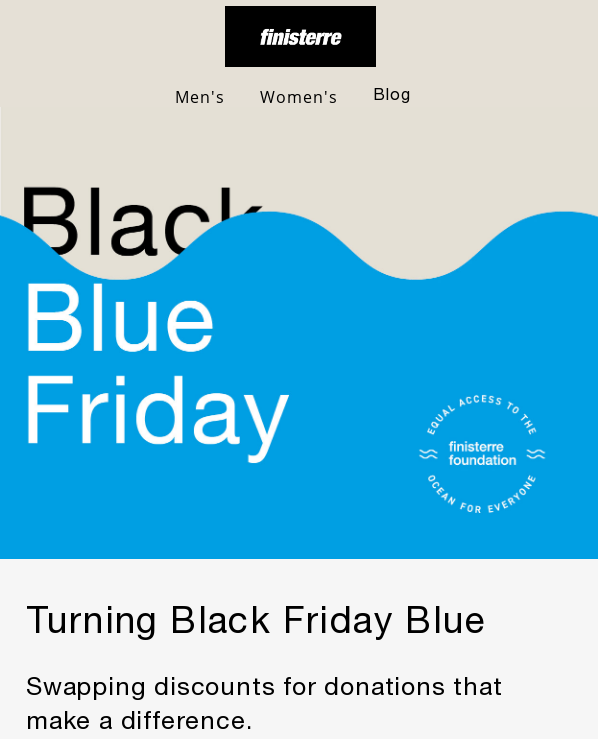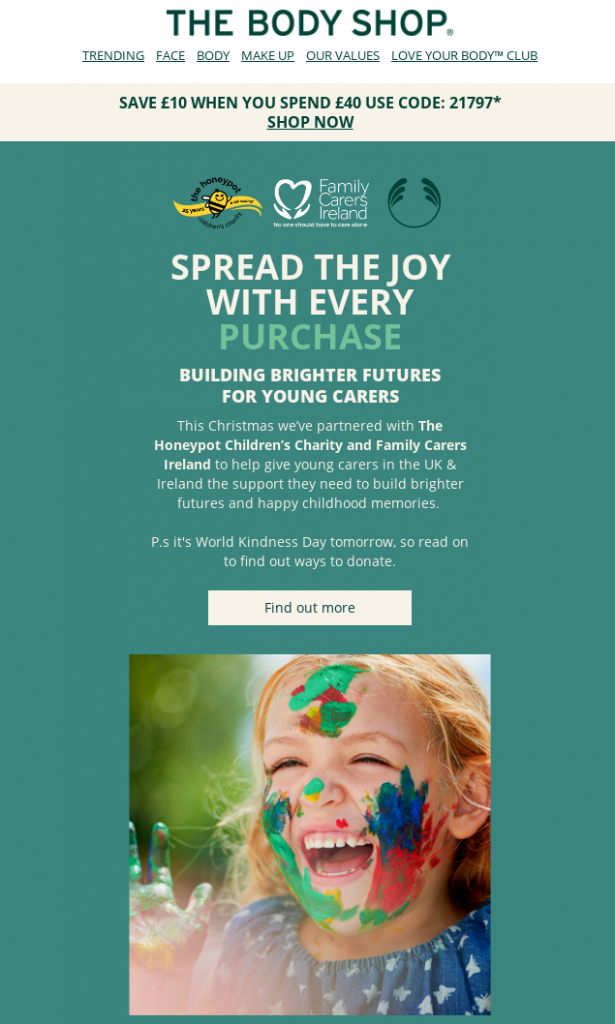All I Want for Christmas . . . is Less Email!
07 Dec 2021

This article is written by Guy Hanson who is the Deputy Chair of the Email Council and Chair of the Email Council Research Hub.
Email has enjoyed another great year!
The DMA’s Marketer Email Tracker 2021 report, sponsored by Validity, showed 92% of consumers (and 72% of marketers) rate email as their preferred channel for marketing communications, underpinned by strong scores for relevance and trust. However, this popularity comes with an important caveat. When consumers were asked what makes them unsubscribe, the single biggest response (56%) was: “I receive too many emails!”
With Black Friday morphing into Black November, and new events like Blue Monday coming into play in late January, the traditional five/six weeks peak sale season now stretches to three months! It’s a recipe for subscriber fatigue, with reduced engagement and increased complaints creating downward pressure on sender reputation and deliverability metrics.
As we approach Christmas, it’s a good time to scale back on the incessant promotional offers and try something different instead. We asked two of our DMA email council experts for their guidance, and here’s what they suggested (along with a few thoughts of my own!):
- Be helpful
While the festive season is a wonderful period, finding perfect presents for “difficult to buy for” relatives can be stressful. Senders who make this easier for subscribers are appreciated, and personally I’m a big fan of “inspiration” emails.
In this excellent Vistaprint example, subscribers are provided with a range helpful, non-promotional advice including “Personalised Christmas gift ideas for everyone on your list”, and “How to write the perfect Christmas card message.”

In a year when supply chain disruption is a big concern, “Back in stock” messages for products that are in high demand, and “Final delivery date” notifications will also be perceived as particularly valuable.
- Provide choice
In the DMA’s Consumer Email Tracker 2021 report, subscribers were asked how they would improve the email communications they receive. The top two responses were “Reduce frequency of emails” and “Only receive specific product emails.” Especially as Apple’s Mail Privacy Protection (MPP) makes it harder to monitor engagement, providing email subscribers with genuine choice becomes even more important.
This great example from Dyson ticks both boxes: subscribers can create wish lists so they only receive offers for products they are interested in. Alternatively, they can take a temporary break, with emails resuming once the peak sale period is finished.

Russell Dawson, from Ometria, is a big fan of these tactics, and further suggests senders should also remember subscribers’ preferences from previous years, and apply them again (e.g. "Last year, you told us you didn't want X types of emails so we've opted you out again but if you do want to receive them this year, you can opt back in.")
- Make it fun
Russell is also a big fan of making festive emails fun, and he’s well-supported by the DMA’s research. Beyond the obvious ‘personalisation’ and ‘relevance’ best practices, subscribers also respond positively to factors like ‘fun to read’, ‘visually stimulating’, and ‘contain interactive content’.
For Black Friday, ASOS introduced a ‘lucky dip’ approach to their discounts using a clever gamified roulette option. Subscribers added a discount code at checkout stage and were rewarded with a random % off their entire basket.

Clever dynamic content functionality means senders can create virtual advent calendars where mystery offers are unlocked each day as well as digital “pass the parcel” promotions, where rewards are randomly revealed. These tactics help maintain subscriber engagement deep into the festive season.
- In the current climate…
The DMA’s How to Win Trust and Loyalty 2020 report identified that environmental awareness is a powerful loyalty driver. Saravanan Subburam, from IPE International Publishers, suggests brands should reflect the issues their customers value most, and show they are taking meaningful action.
The recent COP26 climate change conference provided brands with a great opportunity to do this. Waitrose responded with a commitment to eliminate single-use plastic by phasing out their 5p and 10p plastic bags, making all own-brand packaging recyclable, reducing food waste in collaboration with the charity FareShare, as well as providing practical tips to help customers achieve the same.

Senders can use email to amplify their messages around sustainability, ethics, net-zero, and community services. The festive season provides an opportunity to quantify their existing commitment to social responsibility and their future plans.
- Row against the flow
Brands can differentiate themselves in crowded inboxes by finding alternative angles. While a common approach is to lean on brand identity (Pretty Little Thing celebrating “Pink Friday” for example), Russell noted many brands are using “anti-messaging” this year, focusing on factors like brand quality, donating to good causes, and promoting responsible consumerism.
British surf and outdoor brand Finisterre combined these tactics with its “Turning Black Friday Blue” promotion, committing to match every purchase with a donation to modify wetsuits for disabled water sports enthusiasts.

- Be kind
After almost two very difficult years, consumers want to be inspired by good news stories from the brands they support. Performing small acts of kindness for strangers or people in need is one of the best ways to make the world a better place, and while it doesn’t take much effort it can have an incredible impact on those around us.
The Body Shop was early into action this year, creating awareness for the good causes it is supporting this Christmas, and encouraging its customers to play a meaningful role by supporting these worthy initiatives.

Saravanan noted Christmas is the 'season of giving' and brands should remember its primary purpose - bringing people together and thinking of others. Consumers don’t just want to be flooded with gifts offers and it’s a good time to focus on people before profit by adopting socially responsible business practices.
As we enter the 2021 festive season, email marketers have a fine balancing act to achieve. Email volumes are greater than ever, brands are desperate to make up for lost sales, and – make no mistake – consumers still want to receive promotional offers! However, they also want to be helped, they want to have a choice about what they receive, and they want to be entertained. And, increasingly, they want to be part of a social contract where consumerism co-exists with altruism.
Brands that get this balancing act right will reap a loyalty dividend from more engaged, less fatigued email subscribers, and it will continue paying out long after the decorations have been packed away for another year!
Find more content produced by the Council here.




Please login to comment.
Comments